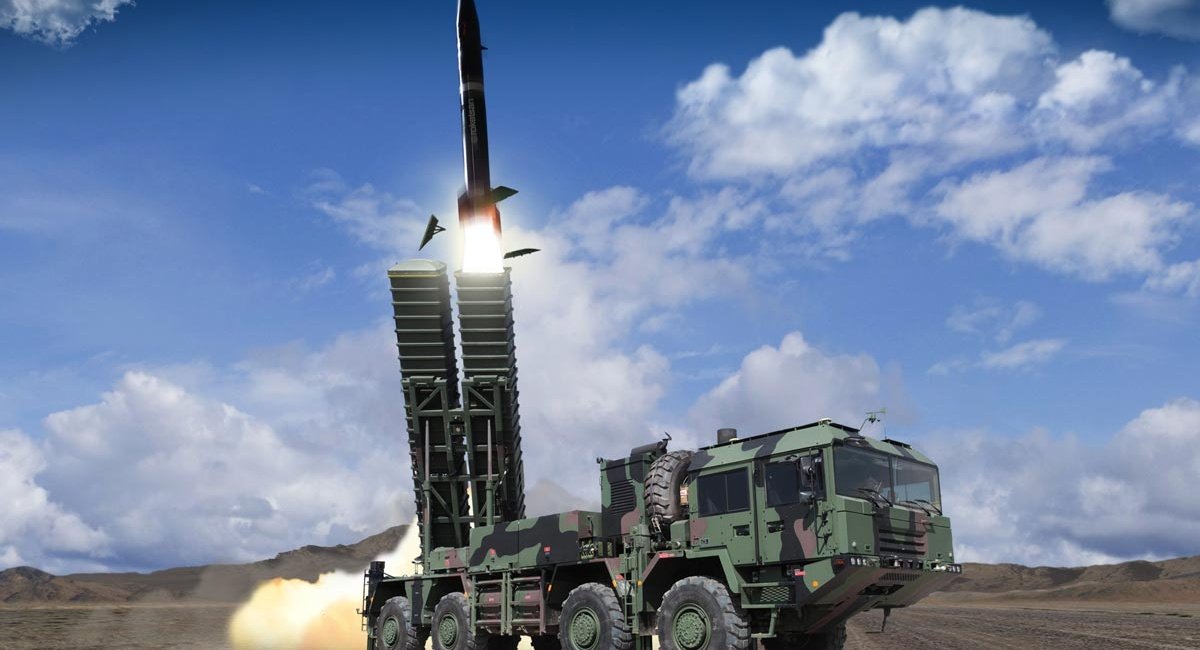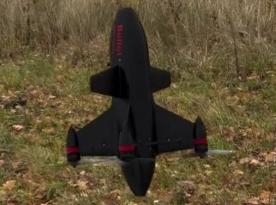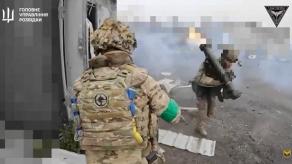The question of when Ukraine will finally receive the MGM-140 Army Tactical Missile System has been raised for many months, but so far the United States is seemingly not ready to supply these missiles with a firing range of up to 300 km. At least this is what a number of Western media say on the matter, relying on their own sources in Washington.
And the main thesis of US officials remains unchanged: the transfer of such weapons creates additional risks of escalation and can allegedly drag the USA into war. Interestingly, the Kremlin immediately started to support the very same idea as well, putting additional pressure. In the official statement of the so-called russian ministry of foreign affairs, the transfer of "long-range" missiles by Washington was labeled as the crossing of the "red line".
Read more: White House Explains Why US Cannot Supply 300-km ATACMS Long-Range Rockets to Ukraine
However, russian authorities decided not to emphasize how many such "red lines" had been crossed before. But it is important that Moscow is trying to "flex its illusory muscles", feeling the controversy in Washington regarding the supply of ATACMS to Ukraine.
But be that as it may, in fact, ATACMS is not yet available to the Armed Forces of Ukraine, and it may be quite reasonable to decide not to sit back and wait for a decision, but to try to assess how realistic it is to find alternatives.
Korea: KTSSM and Hyunmoo-2
The Korean Tactical Surface-to-Surface Missile from the Korean company Hanwha can be considered one of the first candidates. As for the range, the information depends on the source, in particular, the data varies from 120 km to 180 km for the missile equipped with a special anti-bunker warhead.
There is also information that the technology has two variants: Block I with a firing range of up to 120 km; and Block II with a range of up to 300 km.
But when it comes to the KTSSM, we should keep in mind that its production process is only on the starting line, and after the completion of tests in 2020, it was planned to manufacture 200 systems by around 2025, with the first units coming in service around 2022. That is, as for the KTSSM, we can already take note that there are not as many of them available right now.
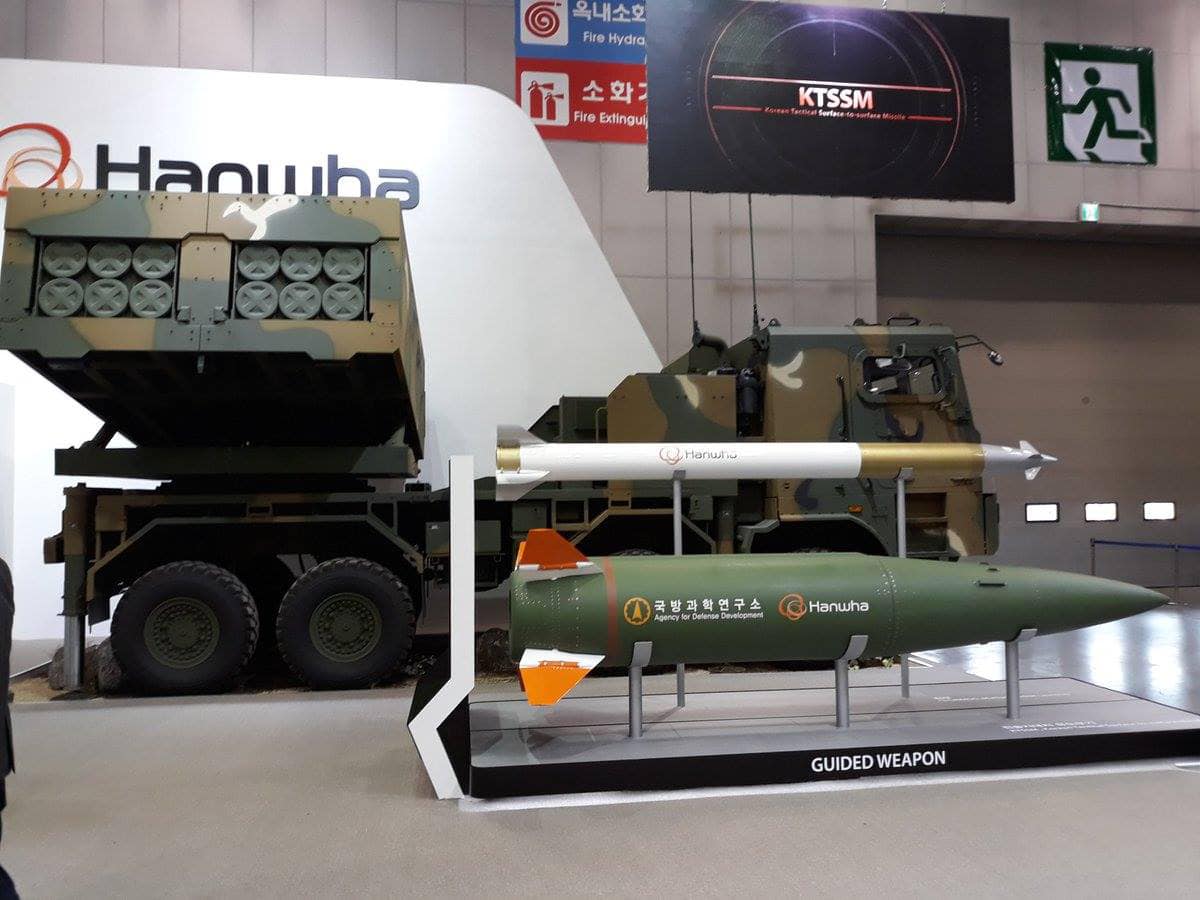
At the same time, when it comes to Korean missiles, it is impossible not to mention the Hyunmoo missiles. This is a whole series of short- and medium-range ground-launched missiles which were created with the help of the country’s active investment since the 2000s.
Considering all the factors, even hypothetically, we can only talk about the Hyunmoo-2A variant with a firing range of up to 300 km. Because its further modifications and other versions of the missile have a range of 500, 800 and over 1000 km.
Interestingly, many details indicate that the russian "Iskander" SRBM was used as a basis for the creation of Hyunmoo-2 – which is no wonder given the rather close cooperation between Korea and the russian federation in the 2000s. In particular, their joint development of the KM-SAM air defense system.
But, taking into account that the total number of Hyunmoo-2 launchers in Korea is 30 units (according to Military Balance) and they are an important element of the country's security system, it is hardly possible to talk about their purchase just because of these reasons.
Turkiye: Khan and J-600T Yıldırım
Turkiye has also been developing its own short-range missile system and in 2009 Roketsan began the creation of the Bora system, which was completed in 2017 and entered service in 2018. According to various sources, its range is 280 to 360 km. On the basis of the system, a Khan variant was created for export with an explicitly declared range of up to 280 km.
With a warhead of 470 kg, it is actually twice as powerful as the ATACMS and has similar accuracy within 10 meters.
In fact, taking into account all possible factors of cooperation between Ukraine and Turkey in the defense field, we can consider this particular product as one of the most likely options for Ukraine to buy. But even under these conditions, the probability of obtaining it in the short term is quite low, because even if a political decision is made, the launching systems themselves and missiles for them still need to be manufactured.
Similarly to Korea, Turkish J-600T Yıldırım missile complex is also there to mention. Ankara cooperated with China for the creation of this one in the mid-90s and spent $300 million to localize the production of the B-611 missiles for this system. The program was kept secret for a long time, Yıldırım was adopted in 2001, and demonstrated only in 2007.
Based on this missile, several versions were made with ranges of 150, 300 and 900 km, according to various sources, and a missile with a range of up to 2,500 km is being developed. The prospects for its purchase by Ukraine in the short term remain similar to the Korean Hyunmoo-2.
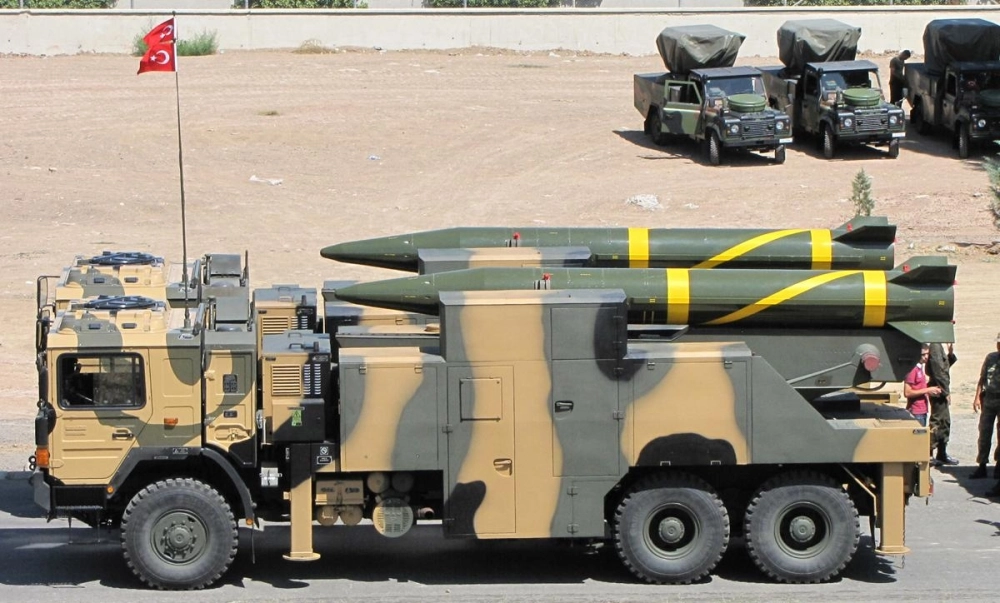
Other alternatives to ATACMS
Of course, these are not all of the tactical and operational-tactical systems available in the world. Similar developments exist, for example, in Israel (Lora) and India (Prahaar). But even hypothetically speaking, the chances to get them are still zero because of Israel's blocking even the re-export of weapons to Ukraine and the close cooperation between India and the russian federation.
However, the examples of Turkey and Korea are quite illustrative for explaining that there are not so many such weapons as tactical, and even more so operational-tactical (short-range) systems, in the world. Both in the number of samples and in the number of missiles in general. And also that even development, not to mention procurement, often lies not in the financial, but in the political plane. Therefore, in fact, the American ATACMS, given their number and the fact that it is Washington that provides the most military assistance for Ukraine, remains the most realistic option nonetheless.
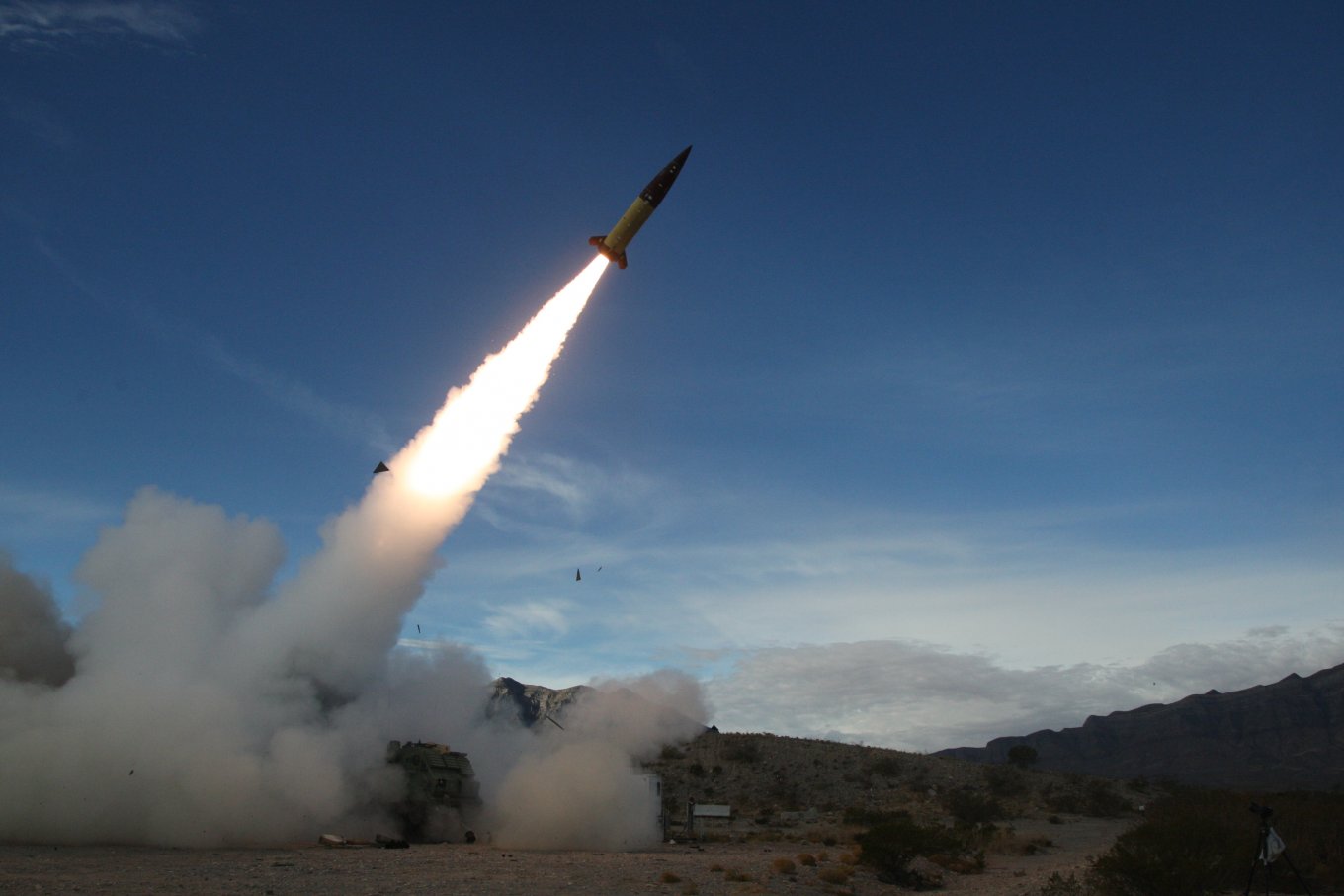
At the same time, there may be a completely logical way out of the situation where ATACMS is still under discussion. In particular, Ukraine can pay attention to air-launched cruise missiles. It is theoretically possible to integrate those under the wing of aircraft available in the Air Force of Ukraine, like they did with AGM-88 HARM. And the list of options is much wider than in case of the ground-launched tactical missile systems.
In particular, the American SLAM-ER should be mentioned, or the Norwegian Joint Strike Missile, the European SCALP (with an artificially reduced range), the Turkish SOM, etc.
Read more: Ukraine’s Servicemen Took Another Rare Trophy: russian Vykhlop Bullpup Sniper Rifle




